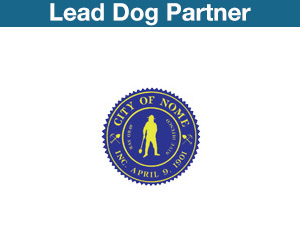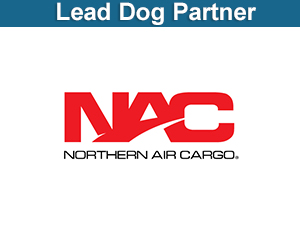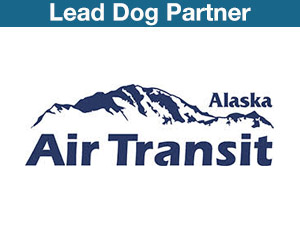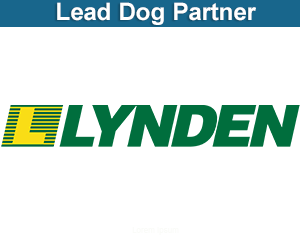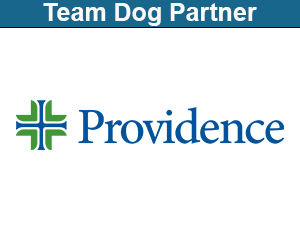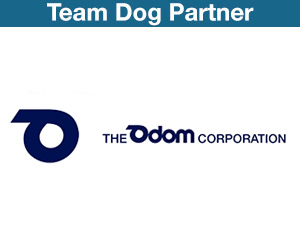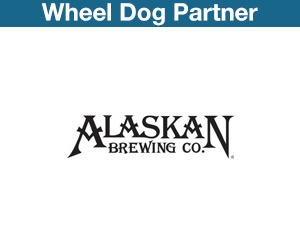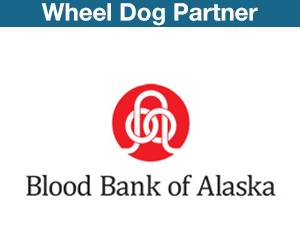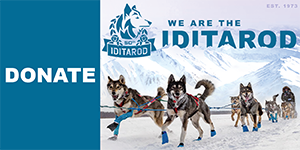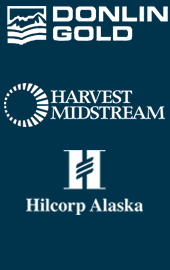March 14 12:46am Mitch Seavey first to White Mtn.
Mitch Seavey steam rolled into White MOuntain checkpoint, 77 miles from the Nome finish, at 11:36pm Monday with all twelve of his dogs leaning into harness A prominent yellow moon had just appeared on the mountain sky line of White Mountain village. The church bell rang into the night black as his lamp appeared out of bend of the Fish River. Mitch stopped his team on the ice of the Fish River and methodically identified manadatory gear in his sled—-axe, snow shoes, yellow vet book recording the health of his dogs, cooker, sleeping bag…—- while his team whined and hammered harness. Locals from the village and Iditarod fans in town for the race noticed that the breeze with plus 6F temperatures required adjus,tments—hoods came up and everyone naturally stood against the breeze. Mitch was dressed in full gear, his ruff closed tightly around his face. Suddenly his dogs lunged into harness, broke the snow hook loose, and advance ten feet up the trail before MItch jumped on the brake.
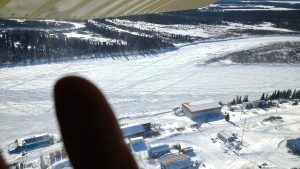
photo of wh mtn parking for dogs on the fish river ice
Without guidance he voice controlled his dogs to a parking spot near a bale of straw and a box of alcohol for his cooker. He was quiet, understandably, after a long day of mushing and probably had quite enough of media. It was decided to do an interview in the morning after Mitch gets some rest. Rules require that Mitch stay a full 8 hours before departing—-in this instance he will leave at 7:36am.
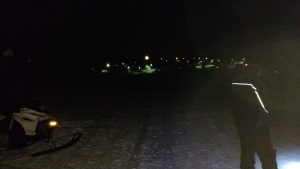
Note the white orb–the moon—rises on the sky line with arrival of Mitch. Not a winning photo—but illustrative
The team arrived without coats. AFter the tow line is secured with a snow hook at the head of the team and another snow hook anchors the sled, Mitch begins clipping dogs to the towline so that all twelve are in a neat row. Next, he begins to put coats on each of his twelve dogs. Once have finished this chore he spreads straw for beds, then begins to remove the booties for his huskies. The dogs are all very alert and look as to expect food. They were probably snacked several times just on the ice of Golovin Bay. All the while Mitch has been careful with his hands—which he admits are tender in the cold—and does the chores with roomy mitts. Now he changes to thick gloves and never uses his bare hands in the biting wind. He hands his special yellow vet book to the examining veterinarian.
Having bedded the dogs down, he now grabs a cooker pot with a handle and is directed by locals to water hole chopped in the Fish River. With the alcohol cooker lit, the process of preparing the meal is fifteen minutes away. ONce fed, he will leave the team to quietly rest on straw beds, take a nap in the city hall provided for Iditarod, then return to cook another meal. One room is reserved for mushers only, and the rest of the office space is over run with bed rolls laid out for volunteers and officials.
My take? I just witnessed one of the great teams of Iditarod. Very impressive, curious, alert, powerful, a tribute to the Alaskan Husky, a breed that has developed based primarily on performance. The result, an animal that can travel over a hundred miles a day in adverse arctic conditions. Must have been a thrill for Mitch to drive such a team across the sea ice and tundra.

two iditarod fans are feeling the chill of an upriver breeze
Final thought
His chores completed, Mitch will take a nap, then return to the dogs several times to feed again before departing at 7:36am this morning. Caught up in the enormity of a dog team completing a 1000 mile course it is often easy to shift description to hyperbole. However, I would say, personally, that the team of Mitch Seavey, so obviously balanced and powerful, was a rare moment. We may have seen one of the great teams trot and lope into White MOuntain.







